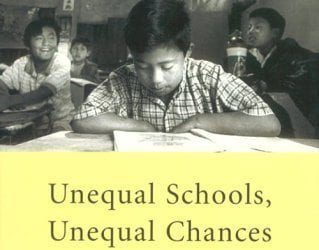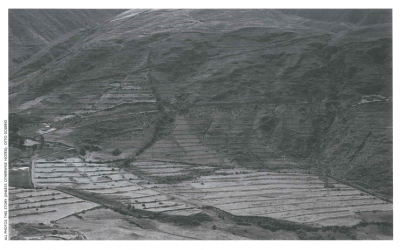The Art of Peruvian Cuisine
A sample from Custer’s gastronomic tour of Peru

Arroz A La Peruana
4 cups rice
1/4 cup vegetable oil
1 heaped tbsp minced garlic
8 cups water
2 tbsp butter
3 cups fresh corn kernels, cooked
salt to taste
The Spanish brought rice to Peru and first cultivated it in the coastal areas. Peruvians love rice and will eat it along with its Quechua equivalent, the potato. In fact few meals are complete without it. Rice and potato served together is the most permanently visible and most essential example of the fusion of Andean and European cuisines and ingredients.
Preparation
In a large pan, heat the oil over medium heat and sauté the garlic for 2 or 3 minutes until cooked but not brown. Add rice and combine well. Cook, stirring for a couple more minutes. Season with salt and add water. Bring to a boil. Lower the heat and simmer, covered, on very low heat for 15 minutes. Then turn off heat and leave covered for five more minutes. Meanwhile, sauté the corn kernels in the butter. Remove lid form rice pan and add the corn kernels. Mix gently with a fork to separate grains and integrate the corn kernels. Spoon onto plates or use cup molds to form in individual servings.
Spring/Summer 2001
Tony Custer, a graduate of Harvard in Economics with an MBA from Harvard Business School, is the editor and publisher of “The Art of Peruvian Cuisine.” In 1998, Custer created “Aprendamos Juntos,” a program that installs special classrooms with full-time therapists to help children with learning disabilities in Lima’s poorest schools. All proceeds from the book go to the program; for further information, contact <facuster@cpg-peru.com.pe>. Custer hosted a dinner for members of Harvard professor Sylvia Maxfield’s class travelling to Peru as election monitors.
Related Articles
What Food? Who Eats It? Why Does It Matter?
Searching for food together with growing, cooking, and eating it has consumed more time than any human activity except sleeping for most of human history. Curiously, historians have never…
The Challenges to Equal Opportunity in the Americas
Can education lead to social and economic equity? Think of your own educational experience, your current position in social and economic spheres and how you got there. Do you have…
Sustainable Agriculture
Famine and undernourishment are not due to lack of food availability. Rather they result from the inability of people to grow their own food or to purchase it from those that grow it. In other…




